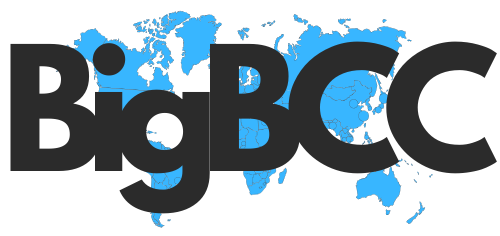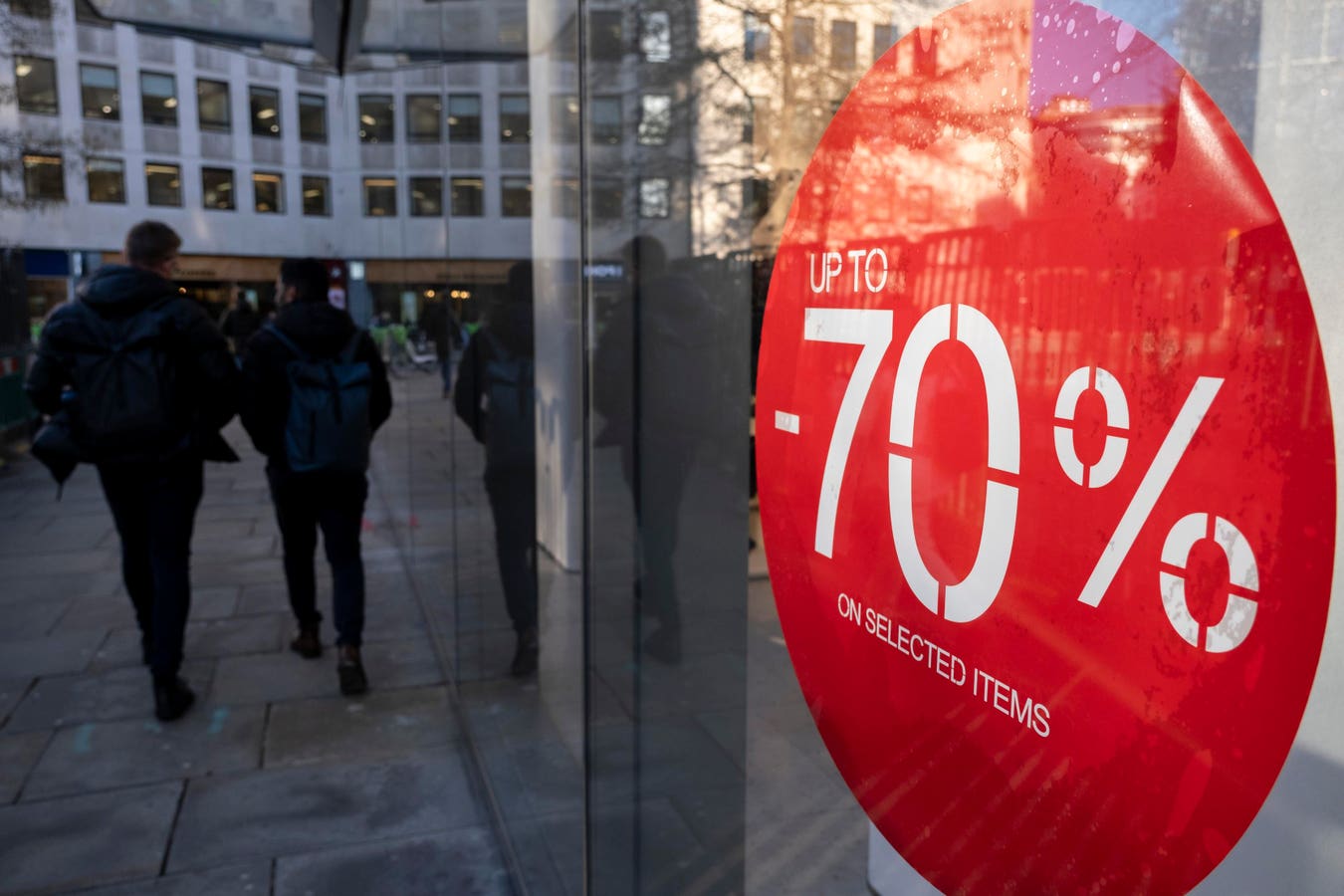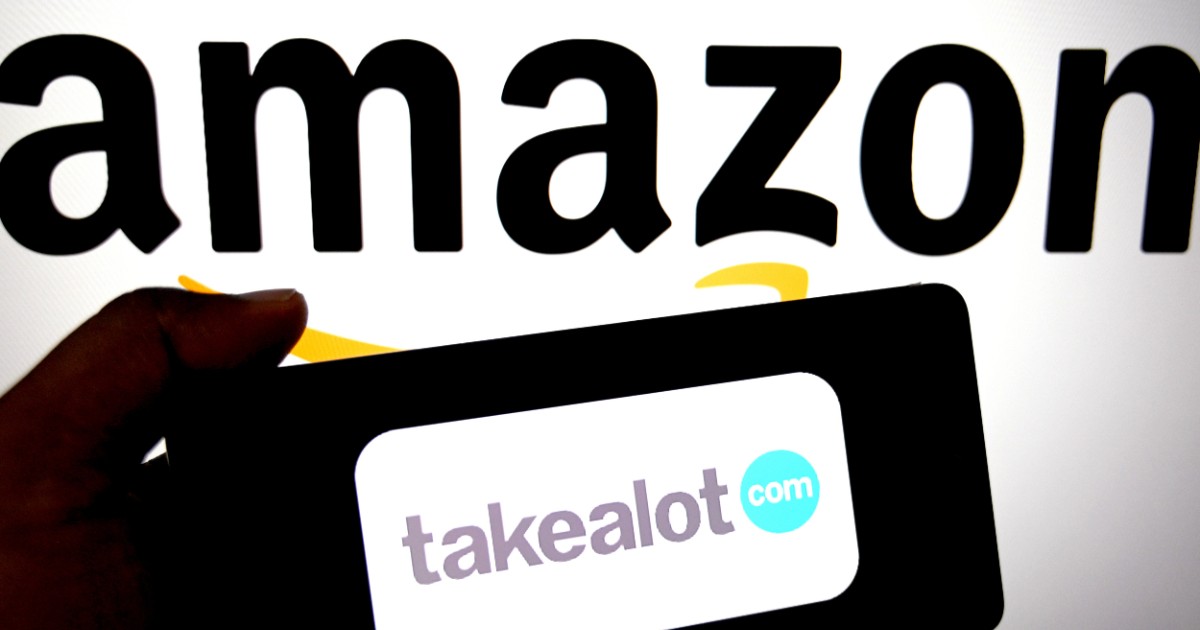Red 70% January sale sign for major high street clothing retail shops.
In Pictures via Getty Images
For small businesses, the holiday season is both a blessing and a balancing act. From November through December, many companies earn up to 30% of their annual revenue but also experience the most intense stress on inventory, logistics, staffing, and marketing systems. The pressure to meet demand while keeping margins healthy is challenging. According to Adobe, consumer spending is forecasted to reach $253.4 billion for the 2025 holiday season.
Businesses that thrive in the fourth quarter aren’t just those that work harder; they’re the ones that plan smarter. As consumer spending ramps up, here’s how small business owners can strategically prepare, optimize operations, and boost seasonal sales without sacrificing sanity. Holiday readiness isn’t just about inventory; it’s about capacity. Businesses that plan ahead can pivot faster when unexpected demand surges.
Plan Early-Way Earlier Than You Think
If you’re waiting until November to think about holiday sales, you’re already behind. The most successful small businesses start planning in late summer, often finalizing their strategies by the end of September. Planning early means:
- Forecasting demand with historical data and balancing it with current goals takes the guesswork out of inventory planning. Review last year’s numbers, factoring in new products, inflation, and changing consumer habits.
- Securing suppliers early ensures availability and allows companies to negotiate the best pricing. Shipping and materials become costlier closer to December as suppliers begin to reach capacity. Lock in contracts now.
- Building your holiday content calendar. Identify key dates like Black Friday, Cyber Monday, Small Business Saturday, and Free Shipping Day. Each deserves its own marketing strategy. Adding in flash sales and aligning deals to match or exceed competitor sales is a great way to keep consumers engaged throughout the season.
- Pre-building your assets. From social posts and ads to email sequences and web banners, content should be finalized by mid-October.
- Optimizing new customer acquisition while aggressively nurturing retention is critical during the holiday demand. Make every customer feel valued, either for being a new client to your business or for their continued patronage. Customers who feel appreciated are more likely to refer friends and family and become organic brand ambassadors.
Segment, Personalize, and Automate Your Marketing
During the holidays, customers are flooded with ads. The only way to stand out is to be relevant. It’s a great time to acquire new customers and show your existing customers how important they are to your business. According to DataReportal, 32.9% of internet users aged 16+ discover new brands, products, and services via search engines.
- Segment audiences by behavior. Loyal customers should receive early access offers, while lapsed customers may need stronger incentives to return.
- Use dynamic recommendations. Showcase complementary or gift bundle options tailored to past browsing. Offer a range of add-on options and consider spending tier discounts to encourage higher average order value.
- Build SEO-rich landing pages. Pages like “Holiday Gift Guide” or “Stocking Stuffers Under $50” boost organic traffic and drive conversion.
- Automate follow-ups. Set up abandoned cart reminders, post-purchase thank-yous, and “last-chance shipping” alerts.
According to HubSpot, for B2C brands, the best ROI comes from email marketing, paid social media content and content marketing channels. Efficiency is your ally, especially when time and staff are stretched thin.
Master the Psychology of Holiday Buying
Consumers shop emotionally during the holidays, not logically. Tap into that with strategic urgency and value framing:
- Limited-time offers and flash sales. Short windows increase perceived scarcity and drive faster decisions.
- Tiered incentives. Offer free shipping at $50, a gift at $100, or an exclusive discount at $150.
- Create bundles and “gift sets.” Pre-packaged gifts simplify shopping and increase average order value.
- Add social proof. Display reviews, “as seen on,” or bestseller badges to reinforce trust.
The trick is to strike a balance that doesn’t overwhelm or overstimulate customers. Too much urgency can create anxiety; just enough creates excitement. The goal is to make buying feel like winning.
Strengthen Your Operational Backbone
A great marketing campaign can’t save a bad fulfillment process. One delayed order or inventory error can undo weeks of goodwill.
- Stress-test your systems. Check that your e-commerce platform, payment gateway, and CRM can handle increased traffic,
- Train seasonal staff early. Hire before Thanksgiving so temporary workers can learn processes under supervision.
- Optimize your shipping strategy. Offer in-store pickup or local delivery to reduce shipping costs and carrier delays.
- Set realistic cutoff dates. Publish them clearly on your website. Customers appreciate transparency more than false promises.
UPS, FedEx, and USPS all see their heaviest load in mid-December. Overcommunicate your timelines and protect your reputation for reliability.
Focus on Retention, Not Just Revenue
Too many small businesses treat the holidays as a one-time sale opportunity. The greatest return during the holiday season happens when businesses turn first-time customers into lifetime ones. Retention marketing costs five times less than acquisition, yet drives a higher long-term ROI.
- Follow up post-purchase. Send a thank-you email or include a handwritten note. Gratitude is memorable.
- Offer a “New Year” discount. Encourage repeat visits in January when traffic dips.
- Ask for reviews. User-generated content builds credibility and fuels next season’s marketing.
- Stay social. Invite customers to tag their holiday photos or participate in a “12 Days of Local Shopping” challenge.
Measure, Learn, and Pivot in Real Time
- Holiday trends shift daily. The most agile small businesses track performance closely and make quick data-driven adjustments.
- Monitor key metrics daily. Watch traffic sources, conversion rates, cart abandonment, and AOV (average order value).
- Test continuously. Experiment with subject lines, ad creative, and promo timing. Drop what’s underperforming.
- Shift budget dynamically. If email is outperforming paid social, reallocate spend within hours not weeks.
- Run a post-holiday debrief. What worked? What failed? Use that data to improve next year’s strategy,
Lean Into Local and Values-Driven Messaging
Modern consumers care about impact as much as price. Especially in uncertain economic times, authenticity sells.
- Highlight your community roots. Remind customers their dollars support local jobs and families.
- Show your values. Whether it’s sustainability, cultural heritage, or DEI, align your brand story with purpose.
- Collaborate locally. Partner with nearby shops for co-promotions or “shop small” events.
Consumers say they’re more likely to buy from small businesses that share their community values. That’s your secret weapon against big-box competitors.
Prepare for Post-Holiday Opportunities
When the wrapping paper settles, don’t go dark. The weeks after Christmas are prime for re-engagement.
- Launch “New Year, New You” campaigns. Position your product or service as part of your customers’ goals for 2026.
- Encourage gift-card redemptions. Send gentle reminders and cross-sell related products.
- Hold a “thank-you” sale. Reward loyalty without diluting brand value.
Smart small businesses boost sales and turn the holiday spike into year-round growth and improved year-over-year holiday sales.









